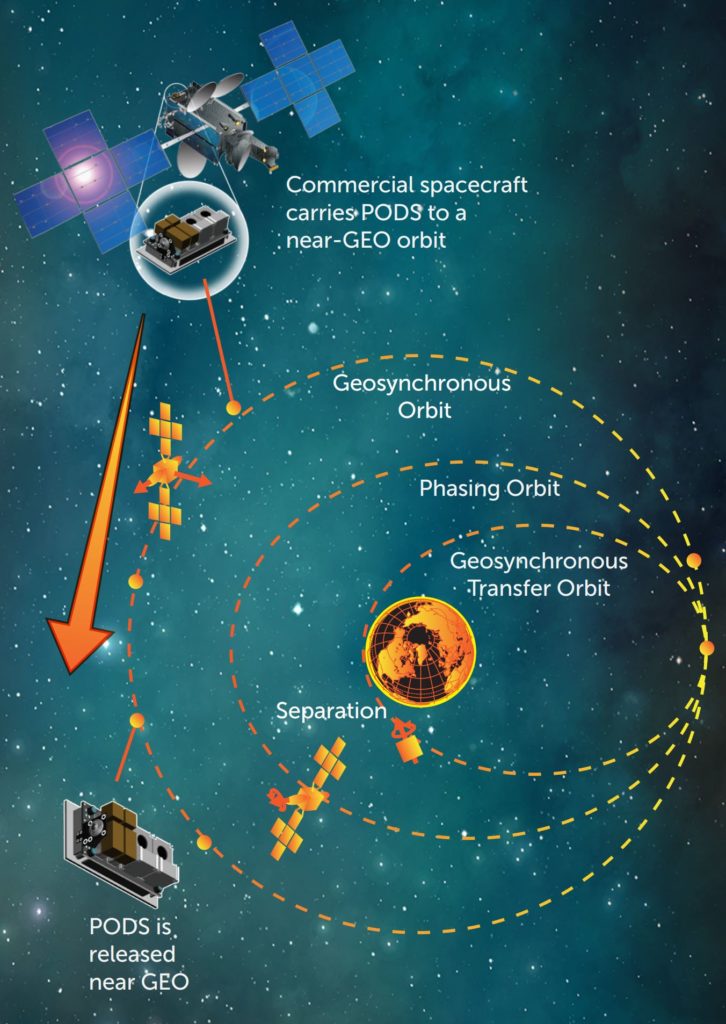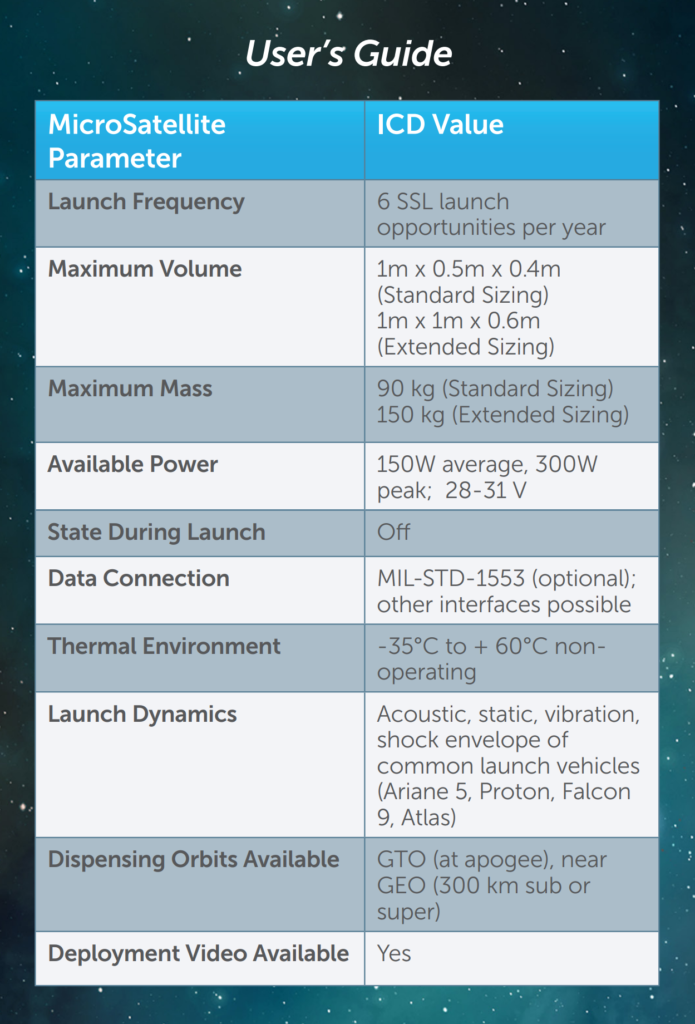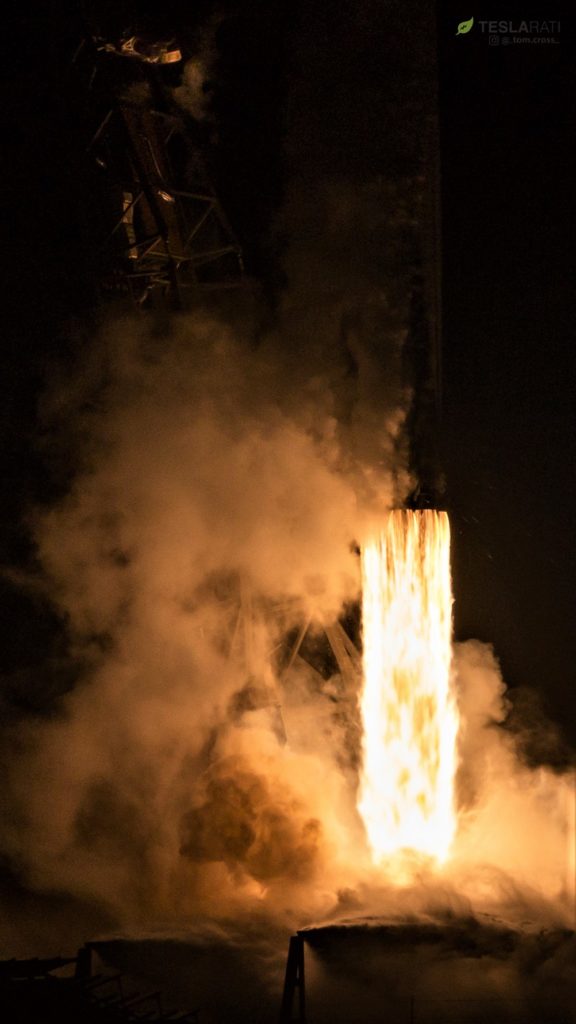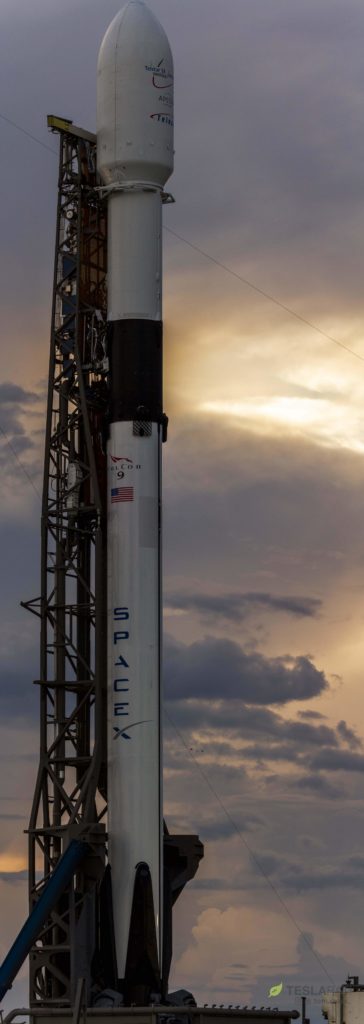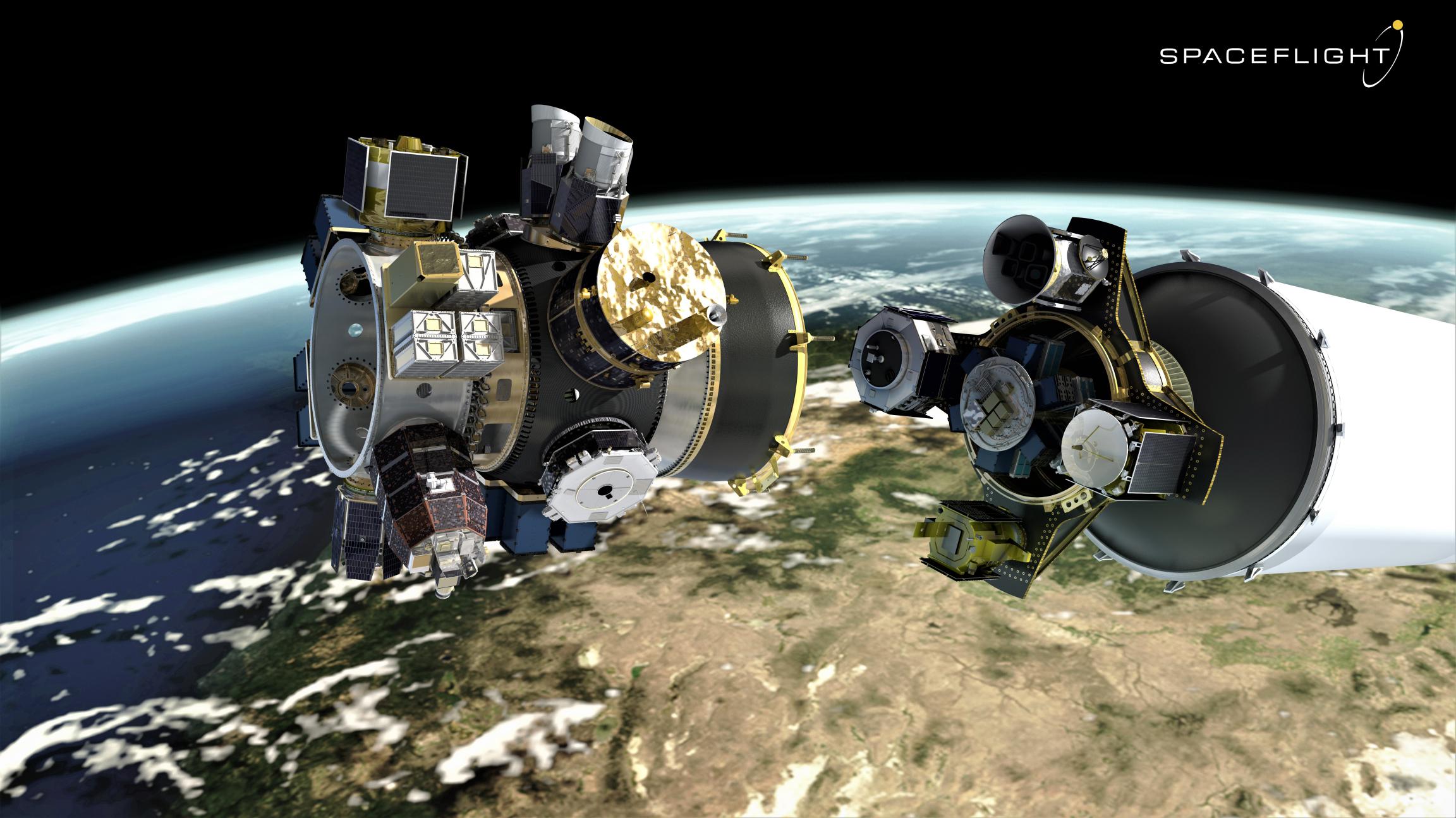
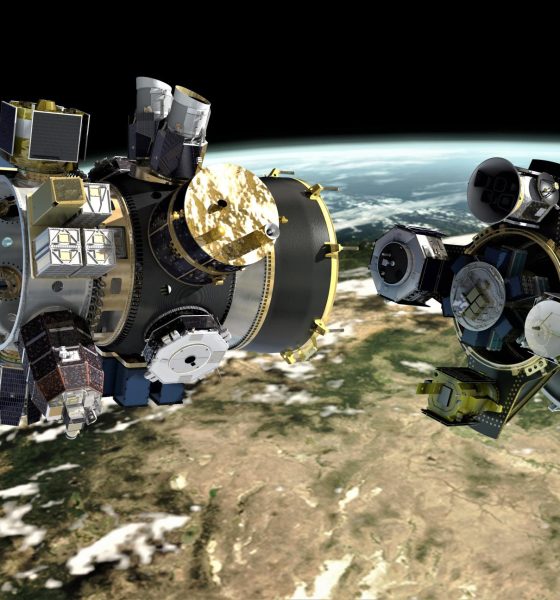
News
SpaceX Falcon 9 rideshare launch to send a commercial lander to the Moon in 2019
According to a press release published on September 11 in conjunction with the 2018 World Satellite Business Week conference, satellite rideshare organizer Spaceflight Industries and SpaceX are on track for the first functionally dedicated rideshare mission to a relatively high-energy geostationary transfer orbit.
Expected to occur as soon as early 2019, Spaceflight has arranged the addition of “several undisclosed payloads” but was able to confirm that Israel-based company SpaceIL’s lunar lander spacecraft – deemed Sparrow – will be onboard Falcon 9 come launch, potentially paving the way for the first-ever commercial spacecraft landing on an extraterrestrial planet (or moon).
Did you hear? We're offering rideshare to GTO/GSO now. https://t.co/s5i9brlSqz
— Spaceflight (@SpaceflightInc) September 11, 2018
A bit more than “Uber for space”
Although any rocket or satellite launch on its own is already a sort of wildly complex symphony, rideshare missions – potentially carrying dozens of individual satellites – up the intensity by a significant degree, demanding magnitudes more separation events (i.e. satellite deployments), a labyrinth-like hell for the payload organizer tasked with herding dozens of distinct spacecraft into one payload fairing come launch time, and often multiple orbit drop-off points.
Still, at the cost of some amount of added risk (of both failures and launch delays) and less flexibility to pick and choose orbits, rideshare customers are granted launch prices that should – in theory – be fundamentally unbeatable with dedicated launches, using an entire rocket for no more than a handful of payloads. Intriguingly, at least in the case of Spaceflight Industry’s first organized rideshare to geostationary orbit, Falcon 9’s capabilities are truly unbeatable at SI’s cost per customer, thanks to the reality that such a high-energy orbit is functionally unreachable to the array of dedicated smallsat rockets with purportedly imminent commercial launch debuts (Rocket Lab, Virgin Orbit, Vector, and others).
Watch us assemble our payload stack for #SSO-A in just over a minute: pic.twitter.com/UFXAKWkNy1
— Spaceflight (@SpaceflightInc) October 4, 2017
Even more intriguingly, it appears that this rideshare will go so far as to offer a ride to a true, circular geostationary orbit for a few copassengers, versus the highly-elliptical parking orbit Falcon 9 will place the whole payload stack in. It has yet to be specifically confirmed what the primary (heaviest) payload will be for this inaugural geostationary rideshare, but nearly all available signs are pointing towards a fairly large (5000 kilogram) communications satellite built by Space Systems Loral (SSL). Further, the satellite itself will serve as the mode of transportation to carry a number of copassenger spacecraft from SpaceX’s geostationary transfer orbit to the final circular orbit roughly 22,500 mi (~36,000 km) above Earth’s surface.
Satellite rideshares, brought to you by the US military?
The story deepens further still. All available signs also suggest a high probability that this launch will become one of SSL’s first operational uses of a currently-experimental rideshare plan known as PODS, in which fairly small satellites would quite literally piggyback on large, commercial satellites into exotic and high-energy orbits, far beyond the low Earth orbits primarily available to rideshare payloads. This could open a whole new world of affordable, cubesat-style exploration, ranging from student-led missions with unprecedented reach to fleets of NASA-funded scientific smallsats, and perhaps even self-propelled interplanetary cubesats once miniature propulsion is available.
- An SSL graphic explains the company’s PODS technology. (SSL)
- This condensed User’s Guide lists the basics of PODS ridesharing. (SSL)
- Falcon 9 B1049 lifts off from SpaceX’s LC-40 pad on September 10, producing more than 1.7 million pounds of thrust.(Tom Cross)
- Falcon 9 Block 5 will be absolutely critical to the success (and even the basic completion) of Starlink. (Tom Cross)
Funded and sponsored to some extent by US military research agency DARPA, it just so happens that an SSL-built satellite launched by SpaceX six months ago – Hispasat 30W-6, March 2018 – successfully debuted that PODS rideshare technology in an experimental test, deploying a secret secondary satellite funded by DARPA. That success has apparently paved the way for future PODS rideshares, and it looks like SSL may be opting to contract out the specialized task of manifesting launches and wrangling multiple copassenger satellites to Spaceflight Industries.
The primary SSL-built spacecraft, likely Indonesia’s PSN-6 geostationary communications satellite, is expected to weigh approximately 5000 kg (~11,000 lb), while SpaceIL’s commercial Sparrow lunar lander and spacecraft is currently pegged around 600 kg (1300 lb). Aside from that duo, SSL PODS can support anywhere from one to several satellite deployer add-ons, and each copassenger spacecraft has a mass limit of 90-150 kg (~200-330 lb).
As a consequence, the final mass of those 3+ integrated satellites and their associated payload adapters could easily wind up around 6500-7000 kg, a payload SpaceX’s Falcon 9 Block 5 rocket has proven itself capable of handling (Telstar 18V and 19V), but only to a fairly low-energy geostationary transfer orbit (18,000 km vs. a full GTO’s 36,000 km apogee). It’s unclear how SpaceIL’s Sparrow lunar lander would handle a relatively low-energy insertion orbit, although the PSN-6 communications satellite would certainly be able to make up for the shortfall with its own propellant supply and rocket engines.
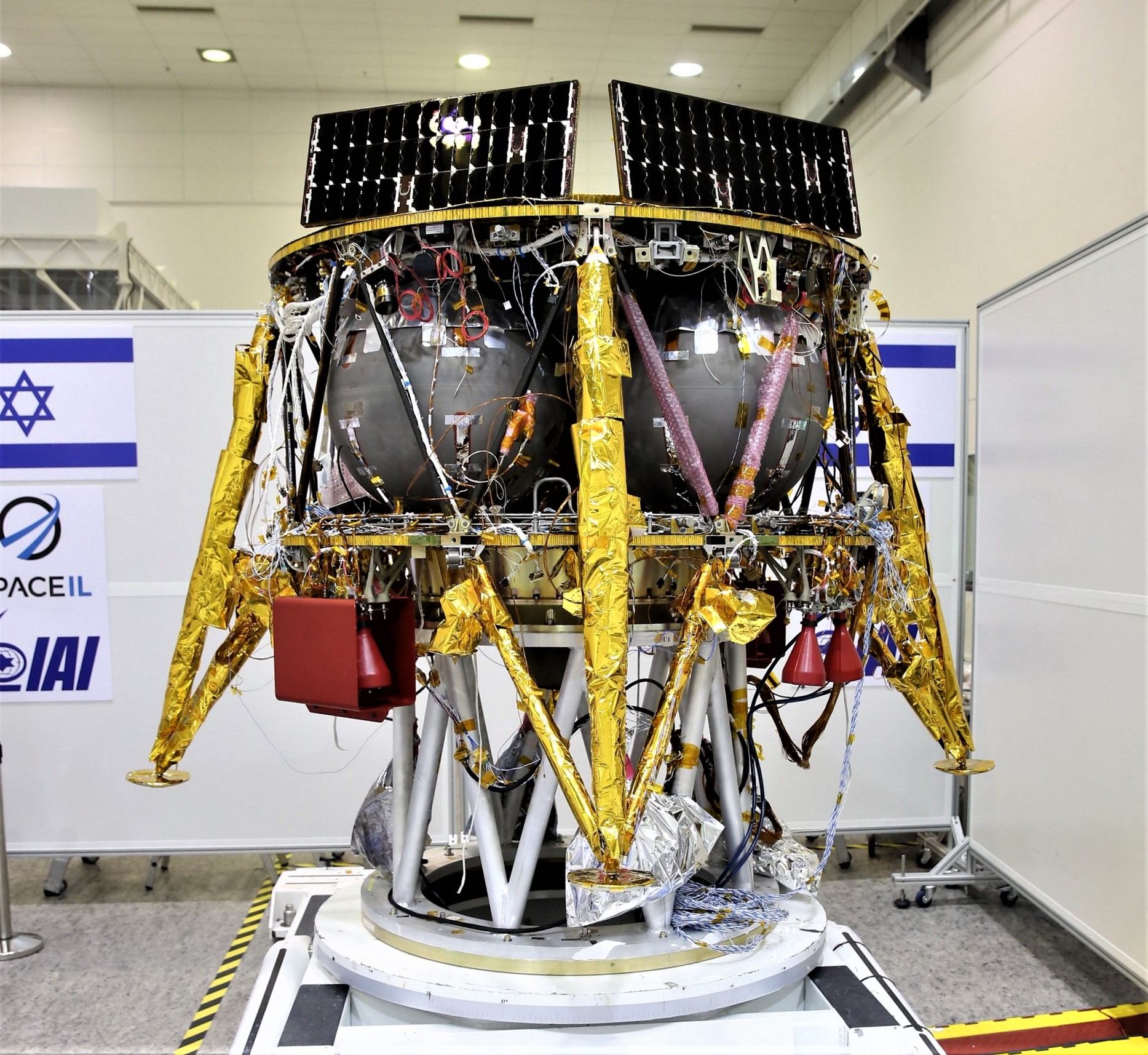
Prior to this geostationary rideshare, SpaceX and Spaceflight Industry’s first mission together – a rideshare of ~70 satellites to low Earth orbit – is expected to occur no earlier than October or November 2018 from Vandenberg Air Force Base, California.
For prompt updates, on-the-ground perspectives, and unique glimpses of SpaceX’s rocket recovery fleet check out our brand new LaunchPad and LandingZone newsletters!

News
Tesla FSD fleet is nearing 7 billion total miles, including 2.5 billion city miles
As can be seen on Tesla’s official FSD webpage, vehicles equipped with the system have now navigated over 6.99 billion miles.

Tesla’s Full Self-Driving (Supervised) fleet is closing in on almost 7 billion total miles driven, as per data posted by the company on its official FSD webpage.
These figures hint at the massive scale of data fueling Tesla’s rapid FSD improvements, which have been quite notable as of late.
FSD mileage milestones
As can be seen on Tesla’s official FSD webpage, vehicles equipped with the system have now navigated over 6.99 billion miles. Tesla owner and avid FSD tester Whole Mars Catalog also shared a screenshot indicating that from the nearly 7 billion miles traveled by the FSD fleet, more than 2.5 billion miles were driven inside cities.
City miles are particularly valuable for complex urban scenarios like unprotected turns, pedestrian interactions, and traffic lights. This is also the difference-maker for FSD, as only complex solutions, such as Waymo’s self-driving taxis, operate similarly on inner-city streets. And even then, incidents such as the San Francisco blackouts have proven challenging for sensor-rich vehicles like Waymos.
Tesla’s data edge
Tesla has a number of advantages in the autonomous vehicle sector, one of which is the size of its fleet and the number of vehicles training FSD on real-world roads. Tesla’s nearly 7 billion FSD miles then allow the company to roll out updates that make its vehicles behave like they are being driven by experienced drivers, even if they are operating on their own.
So notable are Tesla’s improvements to FSD that NVIDIA Director of Robotics Jim Fan, after experiencing FSD v14, noted that the system is the first AI that passes what he described as a “Physical Turing Test.”
“Despite knowing exactly how robot learning works, I still find it magical watching the steering wheel turn by itself. First it feels surreal, next it becomes routine. Then, like the smartphone, taking it away actively hurts. This is how humanity gets rewired and glued to god-like technologies,” Fan wrote in a post on X.
News
Tesla starts showing how FSD will change lives in Europe
Local officials tested the system on narrow country roads and were impressed by FSD’s smooth, human-like driving, with some calling the service a game-changer for everyday life in areas that are far from urban centers.

Tesla has launched Europe’s first public shuttle service using Full Self-Driving (Supervised) in the rural Eifelkreis Bitburg-Prüm region of Germany, demonstrating how the technology can restore independence and mobility for people who struggle with limited transport options.
Local officials tested the system on narrow country roads and were impressed by FSD’s smooth, human-like driving, with some calling the service a game-changer for everyday life in areas that are far from urban centers.
Officials see real impact on rural residents
Arzfeld Mayor Johannes Kuhl and District Administrator Andreas Kruppert personally tested the Tesla shuttle service. This allowed them to see just how well FSD navigated winding lanes and rural roads confidently. Kruppert said, “Autonomous driving sounds like science fiction to many, but we simply see here that it works totally well in rural regions too.” Kuhl, for his part, also noted that FSD “feels like a very experienced driver.”
The pilot complements the area’s “Citizen Bus” program, which provides on-demand rides for elderly residents who can no longer drive themselves. Tesla Europe shared a video of a demonstration of the service, highlighting how FSD gives people their freedom back, even in places where public transport is not as prevalent.
What the Ministry for Economic Affairs and Transport says
Rhineland-Palatinate’s Minister Daniela Schmitt supported the project, praising the collaboration that made this “first of its kind in Europe” possible. As per the ministry, the rural rollout for the service shows FSD’s potential beyond major cities, and it delivers tangible benefits like grocery runs, doctor visits, and social connections for isolated residents.
“Reliable and flexible mobility is especially vital in rural areas. With the launch of a shuttle service using self-driving vehicles (FSD supervised) by Tesla in the Eifelkreis Bitburg-Prüm, an innovative pilot project is now getting underway that complements local community bus services. It is the first project of its kind in Europe.
“The result is a real gain for rural mobility: greater accessibility, more flexibility and tangible benefits for everyday life. A strong signal for innovation, cooperation and future-oriented mobility beyond urban centers,” the ministry wrote in a LinkedIn post.
News
Tesla China quietly posts Robotaxi-related job listing
Tesla China is currently seeking a Low Voltage Electrical Engineer to work on circuit board design for the company’s autonomous vehicles.

Tesla has posted a new job listing in Shanghai explicitly tied to its Robotaxi program, fueling speculation that the company is preparing to launch its dedicated autonomous ride-hailing service in China.
As noted in the listing, Tesla China is currently seeking a Low Voltage Electrical Engineer to work on circuit board design for the company’s autonomous vehicles.
Robotaxi-specific role
The listing, which was shared on social media platform X by industry watcher @tslaming, suggested that Tesla China is looking to fill the role urgently. The job listing itself specifically mentions that the person hired for the role will be working on the Low Voltage Hardware team, which would design the circuit boards that would serve as the nervous system of the Robotaxi.
Key tasks for the role, as indicated in the job listing, include collaboration with PCB layout, firmware, mechanical, program management, and validation teams, among other responsibilities. The role is based in Shanghai.
China Robotaxi launch
China represents a massive potential market for robotaxis, with its dense urban centers and supportive policies in select cities. Tesla has limited permission to roll out FSD in the country, though despite this, its vehicles have been hailed as among the best in the market when it comes to autonomous features. So far, at least, it appears that China supports Tesla’s FSD and Robotaxi rollout.
This was hinted at in November, when Tesla brought the Cybercab to the 8th China International Import Expo (CIIE) in Shanghai, marking the first time that the autonomous two-seater was brought to the Asia-Pacific region. The vehicle, despite not having a release date in China, received a significant amount of interest among the event’s attendees.
